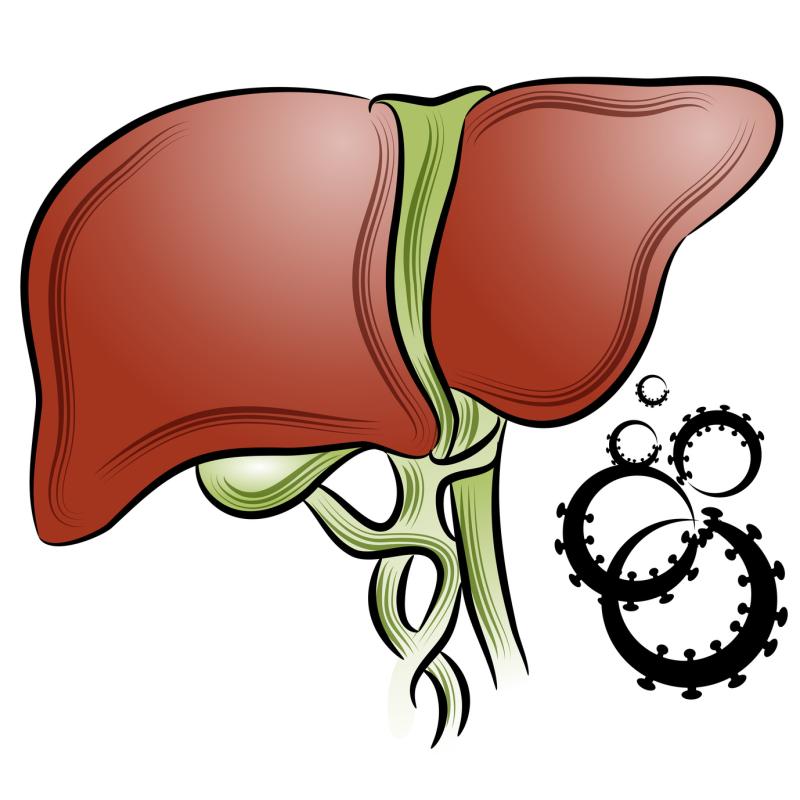
Increased consumption levels of vegetable and polyunsaturated fats confer protective benefit against the risk of hepatocellular carcinoma (HCC), as suggested in a study.
Researchers looked at a cohort of 138,483 women and men who participated in the Nurses' Health Study (NHS) or Health Professionals Follow-Up Study (HPFS). All participants completed a validated semi-quantitative food frequency questionnaire at multiple time points.
Participants with higher vs lower intake of total fats were younger, had higher body mass index, engaged in less physical activity, consumed less alcohol, and had higher prevalence of type 2 diabetes mellitus.
There were 160 incident HCC cases recorded over an average follow-up of 26.6 years. In multivariable Cox proportional hazards models, total fat intake and HCC had a nonsignificant association. When stratified by specific dietary fats, however, intake of vegetable fats showed a protective effect on HCC risk (highest vs lowest intake quartile: hazard ratio [HR], 0.61, 95 percent confidence interval [CI], 0.39–0.96; p-trend=0.02). This effect was not observed for animal or dairy fats.
When animal or dairy fats were replaced with an equivalent amount of vegetable fats, the risk of HCC decreased (per 1-standard deviation: HR, 0.79, 95 percent CI, 0.65–0.97).
Among fat subtypes, monounsaturated and polyunsaturated fatty acids were also inversely associated with HCC. The risk estimates were 0.63 (95 percent CI, 0.41–0.96; p-trend=0.14) with n-3 and 0.54 (95 percent CI, 0.34–0.86; p-trend=0.02) with n-6 polyunsaturated fatty acids.
Higher ratios of monounsaturated or polyunsaturated fat to saturated fat conferred a risk reduction benefit (p-trend≤0.02). Moreover, when saturated fats were replaced with monounsaturated or polyunsaturated fats, the HR for HCC per 1-standard deviation was 0.77 (95 percent CI, 0.64–0.92).